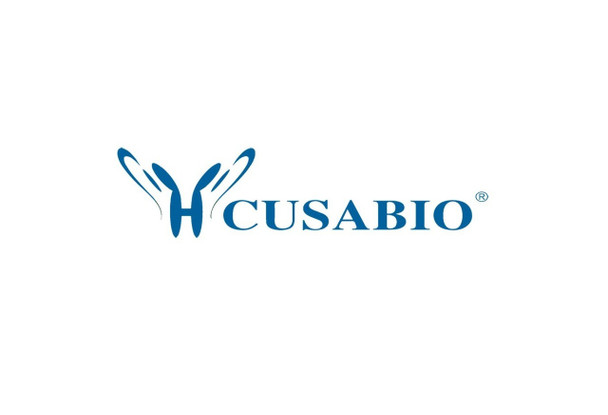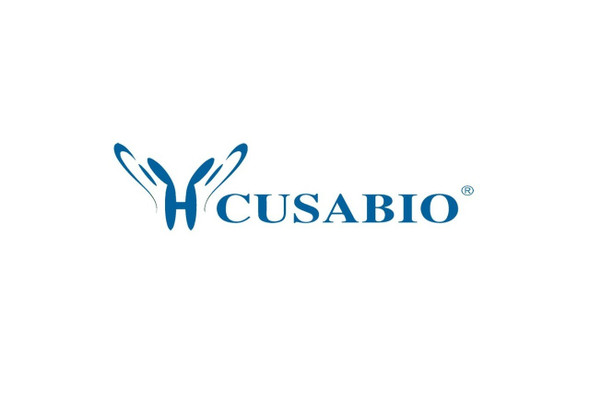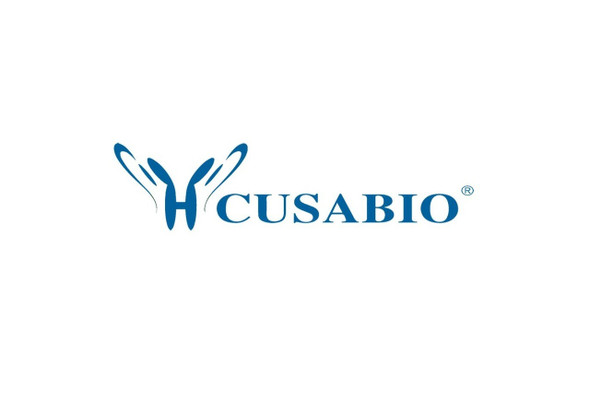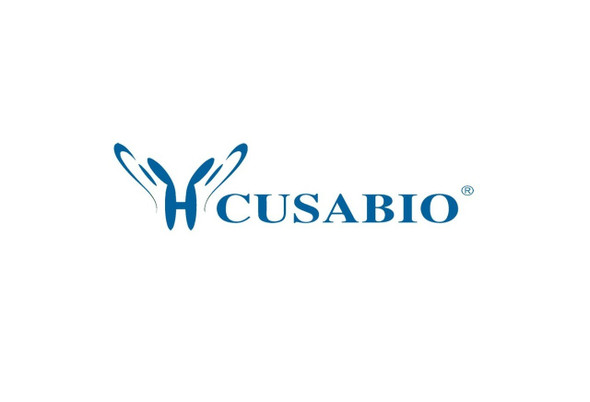Cusabio Polyclonal Antibodies
LRAT Antibody | CSB-PA295134
- SKU:
- CSB-PA295134
- Availability:
- 3 to 7 Working Days
- Size:
- 100ul
Description
LRAT Antibody | CSB-PA295134 | Cusabio
LRAT Antibody is Available at Gentaur Genprice with the fastest delivery.
Online Order Payment is possible or send quotation to info@gentaur.com.
Product Type: Polyclonal Antibody
Target Names: LRAT
Aliases: Lecithin retinol acyltransferase; EC 2.3.1.135; Phosphatidylcholine--retinol O-acyltransferase; LRAT;
Background: Transfers the acyl group from the sn-1 position of phosphatidylcholine to all-trans retinol, producing all-trans retinyl esters. Retinyl esters are storage forms of vitamin A. LRAT plays a critical role in vision. It provides the all-trans retinyl ester substrates for the isomerohydrolase which processes the esters into 11-cis-retinol in the retinal pigment epithelium; due to a membrane-associated alcohol dehydrogenase, 11 cis-retinol is oxidized and converted into 11-cis-retinaldehyde which is the chromophore for rhodopsin and the cone photopigments.
Ruiz A., J. Biol. Chem. 274:3834-3841 (1999) .
Mondal M.S., Biochemistry 39:5215-5220 (2000) .
Thompson D.A., Nat. Genet. 28:123-124 (2001) .
Isotype: IgG
Conjugate: Non-conjugated
Clonality: Polyclonal
Uniport ID: O95237
Host Species: Rabbit
Species Reactivity: Human, Mouse, Rat
Immunogen: Synthesized peptide derived from internal of human LRAT.
Immunogen Species: Human
Applications: ELISA, WB, IHC, IF
Tested Applications: ELISA, WB, IHC, IF;WB:1:500-1:3000, IHC:1:50-1:100, IF:1:100-1:500
Purification Method: The antibody was affinity-purified from rabbit antiserum by affinity-chromatography using epitope-specific immunogen.
Dilution Ratio1: ELISA:1:2000-1:10000
Dilution Ratio2: WB:1:500-1:3000
Dilution Ratio3: IHC:1:50-1:100
Dilution Ratio4: IF:1:100-1:500
Dilution Ratio5:
Dilution Ratio6:
Buffer: Rabbit IgG in phosphate buffered saline (without Mg2+ and Ca2+), pH 7.4, 150mM NaCl, 0.02% sodium azide and 50% glycerol.
Form: liquid
Storage: Upon receipt, store at -20°C or -80°C. Avoid repeated freeze.
Initial Research Areas: Signal Transduction
Research Areas: Neuroscience;Metabolism;Signal transduction






